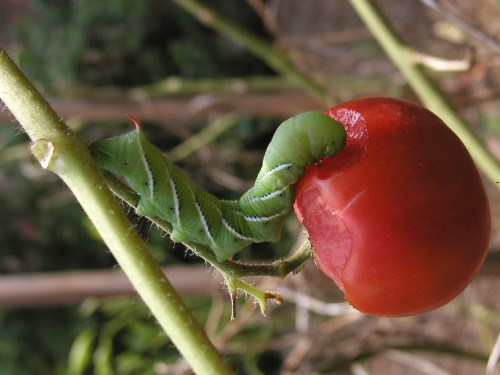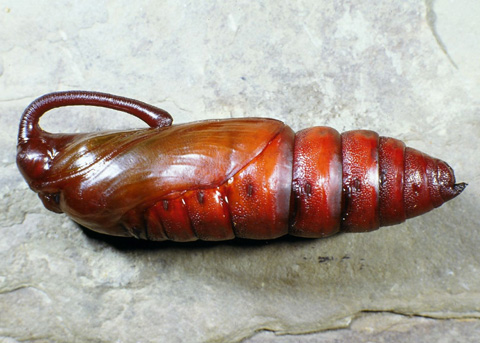Hornworm war....Help!
Posted: Sat Jul 01, 2017 11:34 am
Hi Everyone,
I am at war with hornworms!!!!! There are more this year than I have ever seen. I am using a straw bale garden for the first time and the plants are producing like mad so are quite healthy. I use soaker hoses and it seems to work quite well. In the past I have picked them off but never this many. I use organic methods but the garden is technically not certified organic. Also, lizards eat the worms near the bottom but can't reach the top of plants so I don't want to hurt them.
There are more this year than I have ever seen. I am using a straw bale garden for the first time and the plants are producing like mad so are quite healthy. I use soaker hoses and it seems to work quite well. In the past I have picked them off but never this many. I use organic methods but the garden is technically not certified organic. Also, lizards eat the worms near the bottom but can't reach the top of plants so I don't want to hurt them.
Two or three times per day I go out and pick off hornworms that at this point are quite small. I also hunt for eggs to reduce the population. So far I have held chaos at bay but am losing ground as the plants are getting so large. I am thinking of using BT for the first time due to the sheer volume of worms. The plants are too big to cover at night. I live in the high desert and moths abound.
1) If I spray BT on my tomatoes how long will it last?
2) Is it OK to do a general BT spray over all the plants or do I need to spray back and front of the leaves?
2) Do worms eat tomatoes or just the leaves?
All ideas welcome.
We are planning a four day trip so I can't very well expect my friends to visit and hunt for hornworms while I am gone. That would be some friend.
I am at war with hornworms!!!!!
Two or three times per day I go out and pick off hornworms that at this point are quite small. I also hunt for eggs to reduce the population. So far I have held chaos at bay but am losing ground as the plants are getting so large. I am thinking of using BT for the first time due to the sheer volume of worms. The plants are too big to cover at night. I live in the high desert and moths abound.
1) If I spray BT on my tomatoes how long will it last?
2) Is it OK to do a general BT spray over all the plants or do I need to spray back and front of the leaves?
2) Do worms eat tomatoes or just the leaves?
All ideas welcome.
We are planning a four day trip so I can't very well expect my friends to visit and hunt for hornworms while I am gone. That would be some friend.



